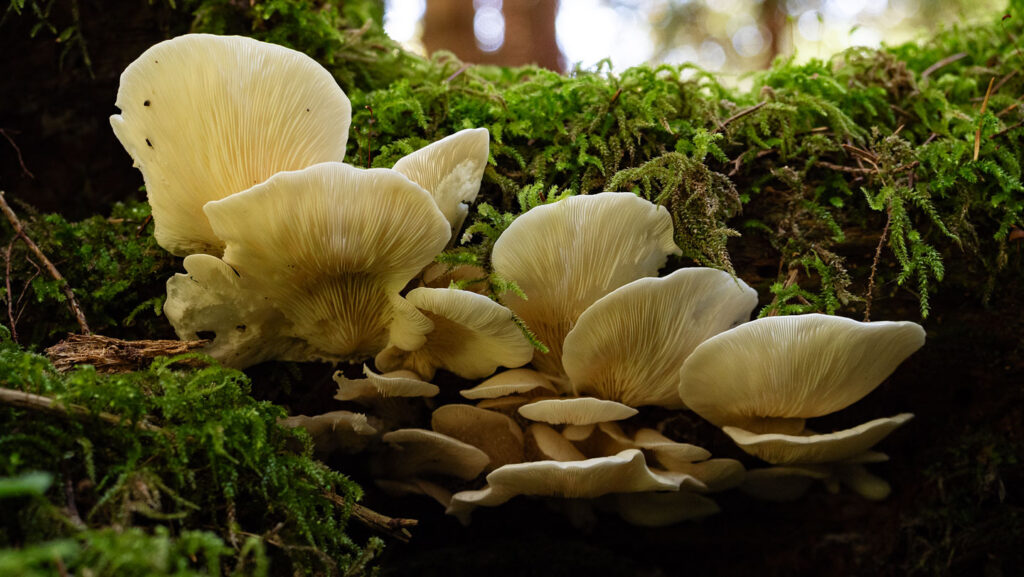There’s no rest for allergy sufferers.
Fungal allergy season gets going an average of 22 days earlier than it did 20 years ago, researchers report in the July GeoHealth. Rising temperatures and altered precipitation are linked to the new pattern, suggesting that climate change is making fungal allergy season worse.
“Two to three weeks is not trivial,” says Kai Zhu, an ecologist at the University of Michigan in Ann Arbor. People now need to prepare for fungal allergy season, which is typically in spring but can vary by location, much earlier than they used to.
Warm spring weather typically sends loads of pollen from trees and flowers flying through the air. Under climate change, rising pollen counts have prompted pollen allergy season to start earlier, last longer and become more intense than it once was.
But pollen isn’t the only seasonal allergen that people are sensitive to. An estimated 1 in 5 individuals in the United States are allergic to fungi. Fungal spores can tickle noses, eyes and throats, causing sneezing, watery eyes and even wheezing or shortness of breath.
Zhu and colleagues wanted to know if fungal spore season has changed over the past two decades and whether climate change had a hand in shaping it. Using data from 55 U.S. National Allergy Bureau pollen monitoring stations — most located atop hospitals nationwide — the team found that the fungal allergy season started roughly three weeks earlier in 2022 than it did in 2003.
What’s more, spores start accumulating in the environment about 11 days earlier, on average. But overall spore concentrations in the air throughout the year were lower in 2022 than in 2003. That might be because heavy rain prompts fungi to release their spores over a shorter time frame, Zhu says. “When we have more rainfall, that can probably decrease the total amount” in the air.
The study, however, looks broadly across the United States, which can obscure local trends. Zhu hopes that future research will have access to data from more monitoring stations in more places.
“We have a vast amount of landscape that has no data at all,” Zhu says. More stations could one day give people a better sense for when to keep tissues and allergy medicines close at hand.
Read the full article here


